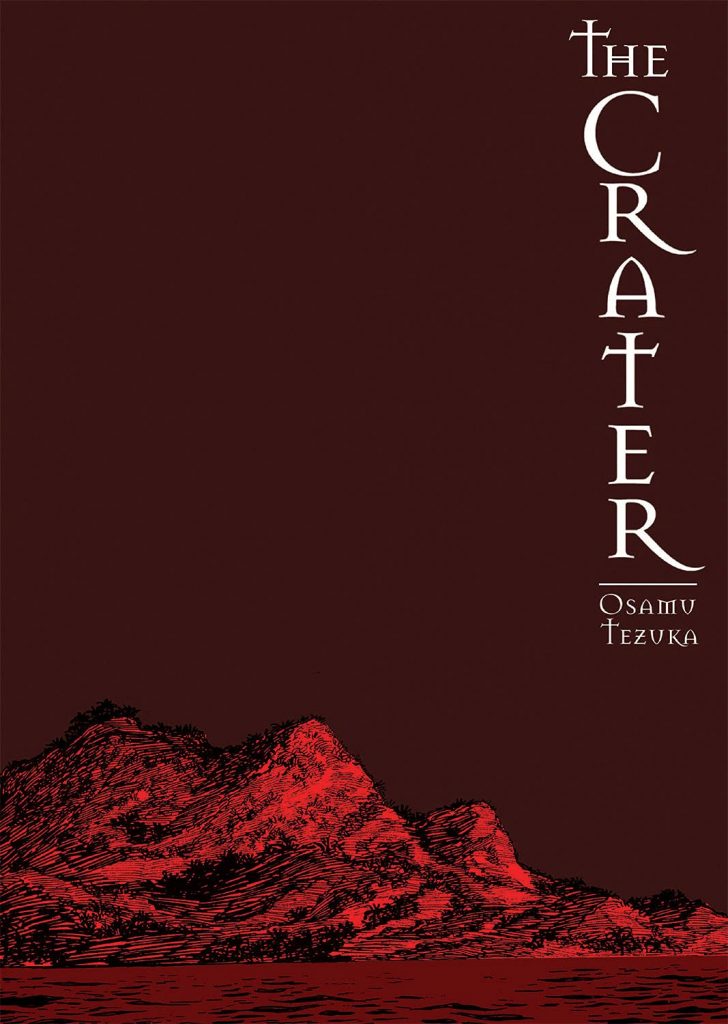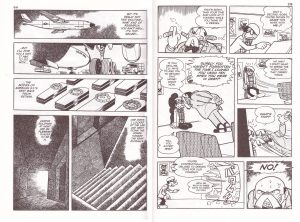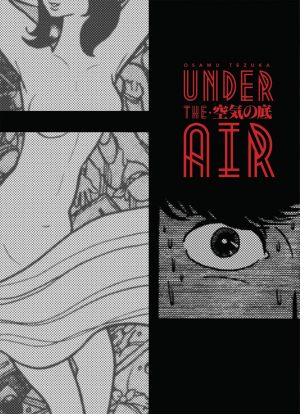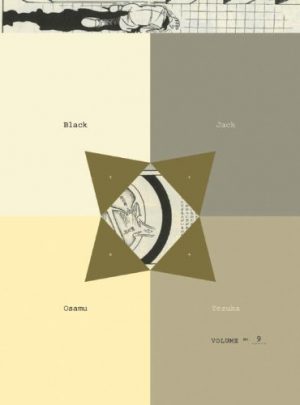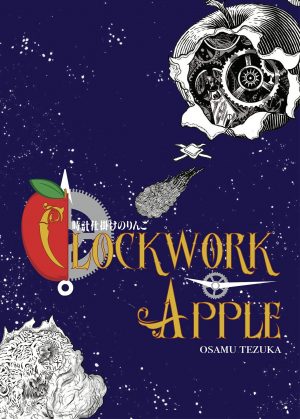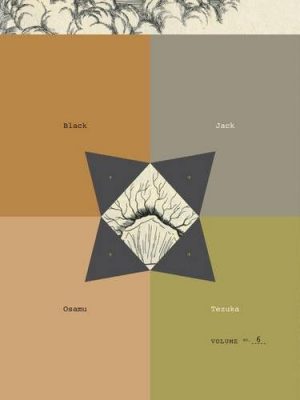Review by Frank Plowright
The eighteen short stories supplied over 550 pages in The Crater are prefaced by an informative introduction by Frederick L. Schodt contextualising the times in Japan during which Osamu Tezuka created them, and noting their experimental nature during a period of creative transition. What’s understated is a work rate that even Jack Kirby might consider excessive. Allowing for the addition of one story from 1974, Tezuka conceived, wrote and drew over a hundred pages of comics a month for a five month period over 1969 and 1970. If that’s not insane enough, Schodt details what Tezuka was also involved in at the same time.
Given the rapid production it’s not surprising that none of The Crater ranks among Tezuka’s finest work, but there’s nothing bad, and no shortcuts in the detailed illustrations. Themed via horror and the supernatural, there’s considerable variety in both story and art, and every story is readable, with several ranking higher, but also apparent is how some would be improved for a little more thought tightening the plots. The title has no meaning, randomly pulled from the final inclusion, and Schodt’s essay is necessary to understand some of the more eccentric moments. In 1969 no-one disputed Tezuka’s status as the leading creator of children’s comics, but he was striving to expand his repertoire, and this selection is aimed at older readers. However, he peppers the stories with gag moments, something he considered essential, these often featuring his repertory cast of personalities, recognised and appreciated by the original readers. Several feature a character named Okuchin, but his appearance and personality differs, and Schodt notes it as an uninspired attempt to generate some unity.
Cultural differences are very apparent, and in other cases times have moved on. It’s difficult to consider any English publisher accepting the unintended racism of ‘The Two-Headed Snake’, despite the well-intentioned story, and some attitudes towards women in the otherwise funny ‘Okuchin’s Strange Experience’ are of their era. However, that’s one of several leading to a predictable ending.
What’s undeniable is the conceptual strength. A woman intended as an Aztec sacrificial victim makes a deal for extended life, Tezuka gives a strong treatment to ideas later used in movies Groundhog Day and Snakes on a Plane, and the intensity of rivalry is originally examined. Couple that with a number of inclusions investigating alternative existences and the thought of Tezuka’s intensive workload fuelling his subconscious occurs. ‘The Octoganal House’ adds ammunition with its theme of a frustrated comic artist. There’s also a hint of the very strange later work Barbara, with a driver inspired by a mannequin.
Tezuka is such a craftsman and so creative that the stories in The Crater would be career peaks for lesser talents. Look at them that way and the difference of tone and artistic approach from story to story is notable, with the moods ranging from farcical to emotional intensity, while the storytelling is peerless. Strangely, Tezuka’s afterword acknowledges weaknesses within The Crater’s selection, but considers it a stronger collection than Under the Air, which is perhaps not a view everyone would agree with.
